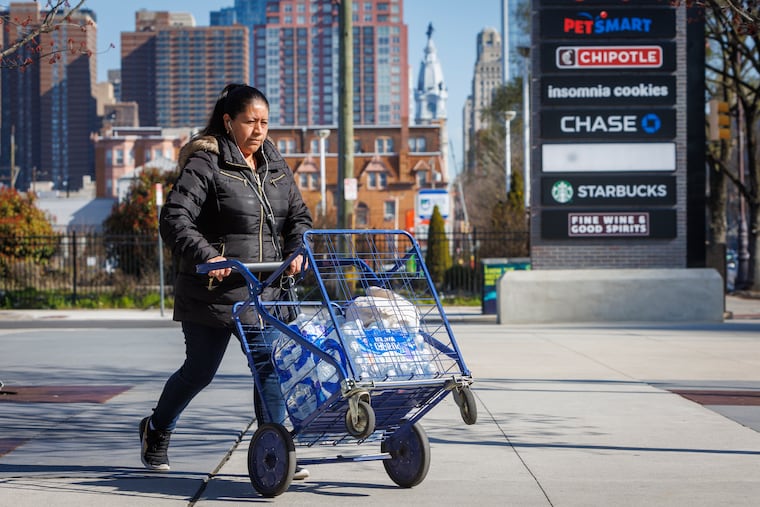How to find out if you live in a potentially impacted neighborhood by water contamination
Confused about whether you live in an area of Philly potentially impacted by contamination? This map can help.

Confused about whether you live in an area of Philly potentially impacted by contamination? This map can help.
Because Philadelphia’s water distribution pulls from three intakes on two rivers, many residents are unsure if their neighborhood could be potentially affected by a chemical spill upstream in Bristol.
Although the Philadelphia Water Department has not found any contaminants, it has provided a link to show residents where they get their water.
The link to the interactive map allows residents and businesses to search by address.
Only those whose water draws comes from the Baxter plant on the Delaware River in the Torresdale section are in a potentially affected area.
The Philadelphia Water Department provides drinking water for 1.7 million residents of the city as well as Lower Bucks County.
It operates three main drinking plants that treat 230 million gallons of water daily. The Baxter treatment plant in Torresdale takes in water from the Delaware River and serves about 58% of the city. The Queen Lane and Belmont plants take in water from the Schuylkill.
In general, almost all of the areas of the city North and East of Broad could be impacted if the water does get contaminated from the butyl acrylate, ethyl acrylate or methyl methacrylate that spilled Friday from the Trinseo owned plant in Bristol, Bucks County.
But areas south of Broad get a mix of water from the Baxter and Queen Lane plants. Most of Northwest and West Philadelphia would be safe because they draw strictly from intakes on the Schuylkill, which was not impacted by the spill.